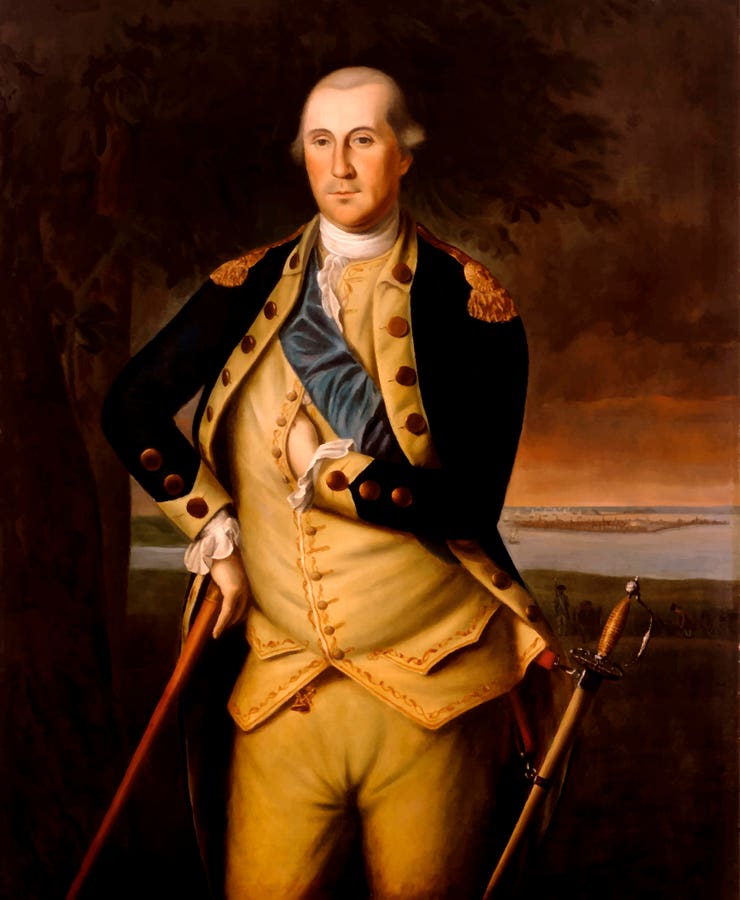Here’s the situation: You lead an organization or, perhaps, part of one. You’re in the C-suite or, at least, at the EVP or SVP level. You’re looking to make a change.
From my vantage point: There isn’t a better time than now. I have been an independent career and executive coach for 26 years, have coached leaders and leadership teams across 25 industries, have held leadership positions in five industries, and have taught two leadership courses at the graduate level for 15 years at Fairleigh Dickinson University, and have lived through some of the most dramatic times in our economy and, certainly, our job market. Repeat: There isn’t a better time than now to make your move.
So why a leadership career move now? Leadership is all about change – and we are at the forefront of the most sweeping change in history, led by AI. If there’s no change necessary, there’s no need for leadership or new leadership. A good manager will do.
ut managers manage within paradigms; leaders lead between paradigms. This is clearly a time for leaders. Here are seven tips as you make your move.
1. Go to market as a leader, not as a leader in a specific industry.
Goldman Sachs estimates around 300 million jobs could be affected by generative AI and 18% of work globally could be automated. In other words, change will be everywhere, and your skills in navigating these waters have never been in greater demand. Your ability to lead change – even create it – is your most compelling case.
2. Self-assess.
Let’s assume this is a given, After all, you’ve come this far already.
3. Identify and define yourself completely.
You should have more than a résumé. You’ll also need a professional bio and a top-notch LI profile. Don’t write these by yourself. Hire the best you can find not to do it for you, but with you.
4. Know the industry you plan to enter like the back of your hand.
History, players, competitive landscape, global position, key personalities, up-to-the-minute news, the whole nine yards. Here’s where you evoke the first WOW moments.
5. Strut your transferable leader skills.
We know what those are: communication, vision, building exceptional teams, creating mutual goals, and standing on firm ethical ground.
6. Find a coach or mentor.
No matter how senior you are, no matter how many people you’ve mentored, don’t do this alone. More than ever, now’s when you need someone to air things out with.
7. If image is not everything, it’s close.
And no one knew this better than America’s greatest leader: George Washington. When the Continental Congress was getting things started, the question of leadership was front and center. General Washington always showed up in his glittering uniform, two-inch wooden heels (being 6’2” wasn’t enough, apparently), and was known to strike those poses we recognize from Stuart portraits. He never had to say a word; whenever any of the founders looked around, there was the image they wanted.
How leaders win.
The truth is, leaders assume leadership before the battle is joined. In The Art of War, Sun-Tzu said: “The victorious warrior wins first and then goes onto battle, while the defeated warrior goes to battle and then tries to win.” That was 2,500 years ago. Nothing’s changed.
Read the full article here





